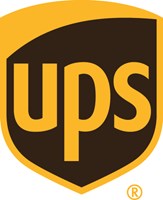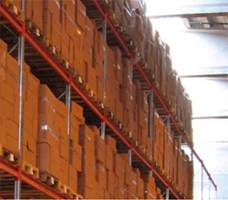Retail is changing at such a rapid pace it’s hard to imagine what the future may hold. As a retailer, you not only are challenged to offer the products your customers want today, but to do so profitably while providing optimal customer service and staying one step ahead of your competitors — remaining agile enough to address whatever lies ahead.
As multichannel or omni-channel retailing develops, the retail industry is recognising that the most efficient form of operation is to service all channels from a single stock pool. This could be physically held in a variety of locations, most commonly warehouses and stores.
How a unified approach accelerates the journey to omnichannel, creating competitive advantage along the way
Today’s consumers expect a seamless omni-channel experience from every retailer, whether pure-play e-commerce or brick-and-mortar. According to Forrester Research 1 , 71 percent of shoppers expect to view in-store inventory online, while 50 percent expect to buy online and pick up in store. However, most retailers have not operationalized even the basics such as store pickup, cross channel inventory visibility, and store based fulfillment. There is a significant disconnect between what consumers want from retailers and the omni-channel capabilities retailers are prepared to provide.
The modern era of omnichannel retailing delivered the death knell to your father’s retail distribution center. Too complex for the lift-truck-and-box-shuffle of yesteryear, today’s omnichannel retail environment demands sophisticated automation to meet the customer’s speed-and accuracy-of-fulfillment expectations.
As the groundwork for enterprisewide data visibility falls into place, a game of connect-the-data dots is playing out in stores.
E-tail giant Newegg relies on goods-to-person order picking technology to exceed customer expectations and to help grow its $2.5 billion annual revenue.
Consumers’ high expectations for seamless shopping and fulfillment experiences are putting unprecedented pressure on retailers to perform.
An inventory and order management system helped a specialty retailer automate its processes and strengthen its mom-and-pop personal appeal.
Adore Me grew its revenue more than 300% in 2014, in part from the help of its new distribution and logistics provider.
Your goal is gaining customer loyalty and driving repeat business. And to reach that goal you've got to provide a superior customer experience. Optimize the breadth and strength of logistics, and we'll help you get more flexibility, more savings, and more satisfied customers.
Turn Returns into a Competitive Advantage.
Product returns cost money--no one's disputing that. But a flexible returns policy can deliver customer satisfaction and fuel increased sales over time.
Temando announced United States retailer and consumer survey data from its 2016 State of Shipping In Commerce report. The survey polled 214 micro, small, mid-sized and enterprise retailers and over 1,000 consumers about a range of shipping-related challenges they face. The survey highlights revenue, customer loyalty, and efficiency opportunities for US retailers to close the gap between what shipping options they offer and what consumers are demanding.
Alton Lane is an innovative provider of men's professional and social attire. Their approach is built around delivering personalized experiences and fully customized garments to their clients. Watch the Alton Lane leadership discuss their company's growing success with NetSuite.
Lovesac is an innovative retailer selling patented furniture products with a focus on customer love. Watch the Lovesac leadership team share their story and discuss how they leverage NetSuite’s technology to support their customers and their products, including their use of NetSuite’s retail point of sale solution, SuiteCommerce InStore.
 Retail Fulfillment And Delivery News And Resources
Retail Fulfillment And Delivery News And Resources



